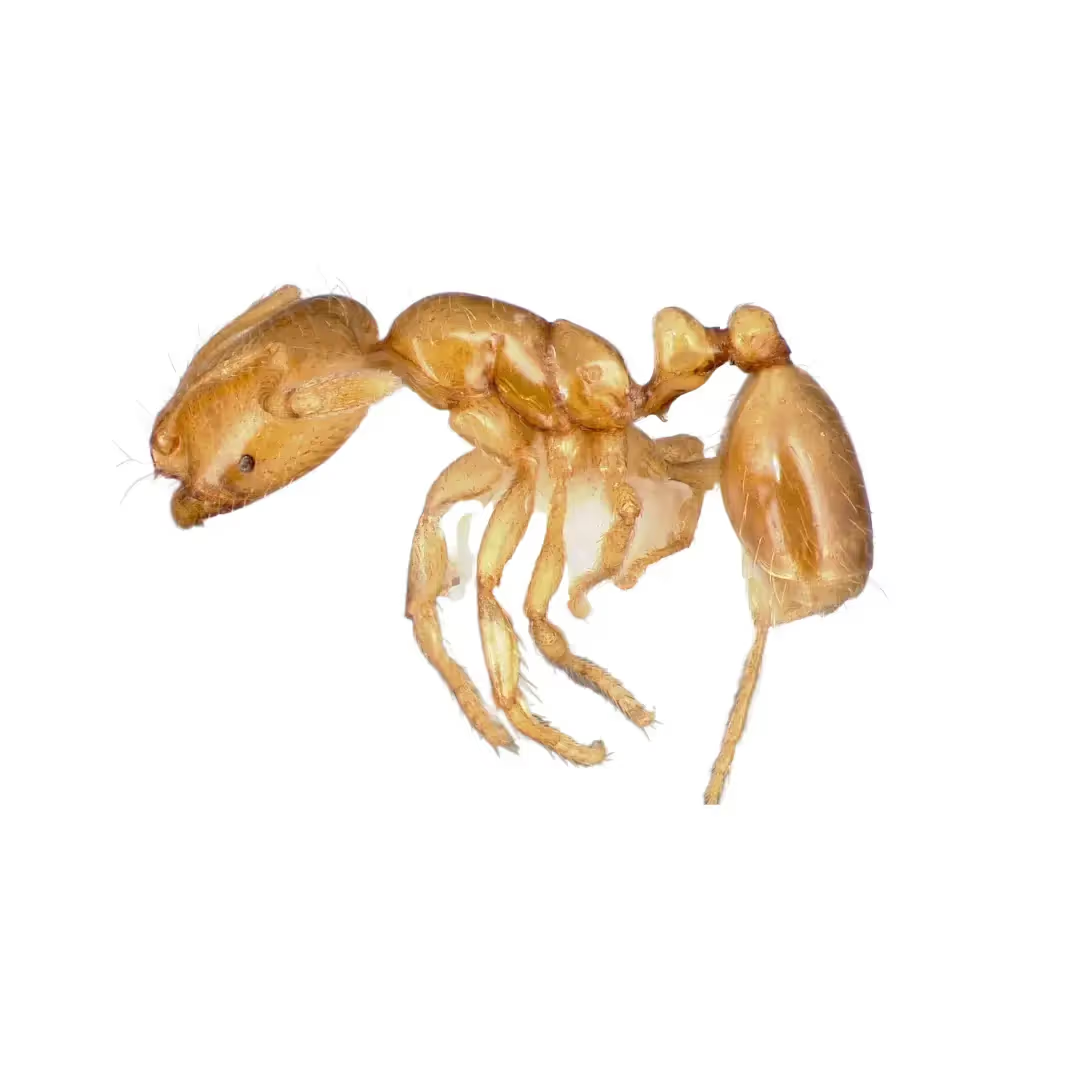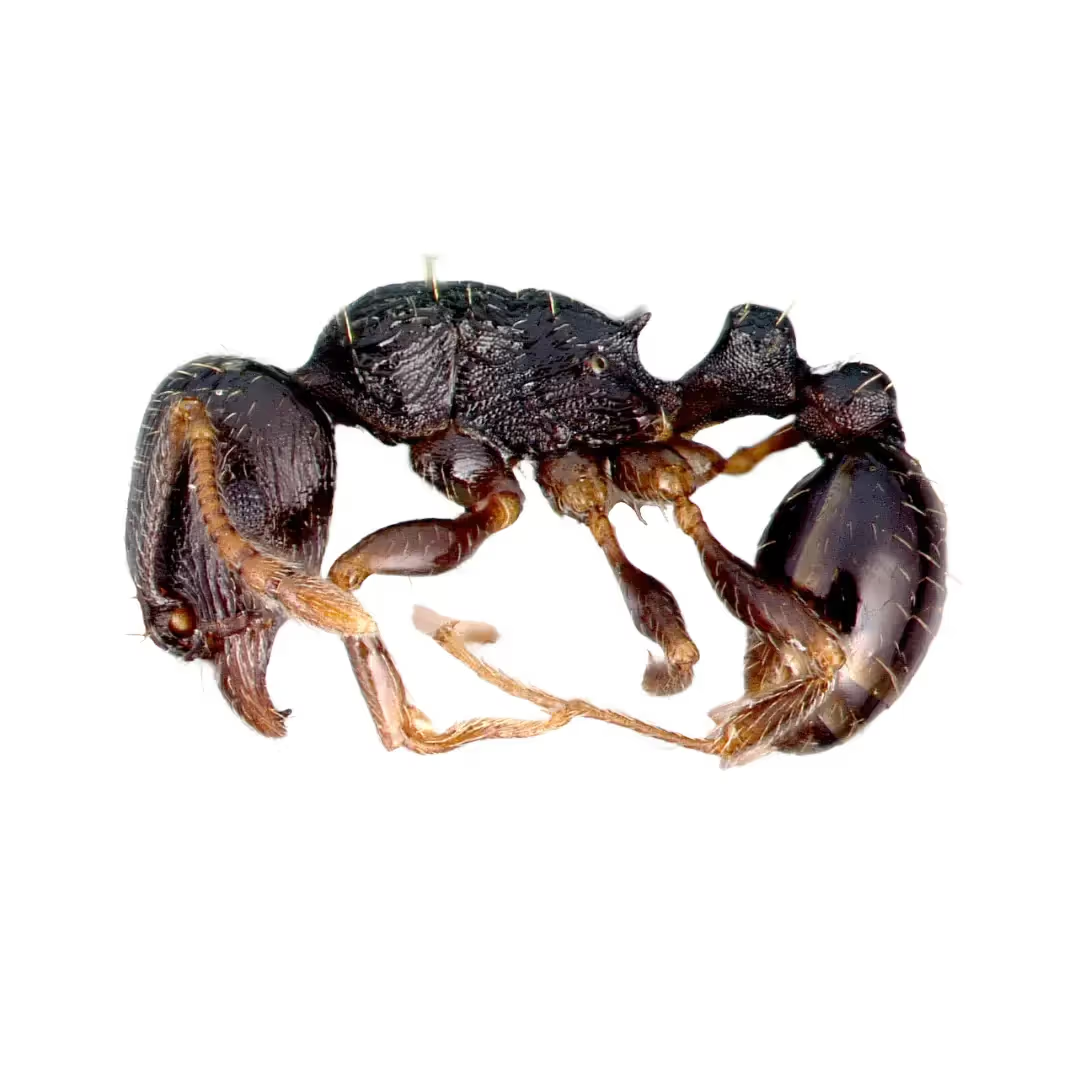Ants
What Type of ants are you dealing with?
Need Help? Give Us A Call!
How to Identify and Distinguish Between Different Types of Ants
Ants are among the most common pests found both indoors and outdoors. While they may all seem similar at first glance, different species exhibit distinct behaviors, appearances, and preferences. Knowing how to identify the type of ant invading your home or yard is the first step toward effective control. Below is a guide to help you distinguish between some of the most common types of ants.
1. Argentine Ants
- Appearance: Small ants measuring 2.2-2.8 mm, with a uniform light to dark brown coloration.
- Key Features: Argentine ants form massive colonies and often trail in large numbers. They’re particularly aggressive toward other ant species.
- Behavior: These ants are highly invasive and frequently enter homes in search of food and water. They prefer sweet substances but will consume almost anything.
2. Odorous House Ants
- Appearance: Tiny ants, 2.4-3.3 mm long, with a dark brown to black body.
- Key Features: When crushed, they emit a smell resembling rotten coconut.
- Behavior: These ants are highly adaptable and nest in a variety of locations, including wall voids, under sinks, or in soil. They are especially attracted to sugary foods.
3. Carpenter Ants
- Appearance: Large ants, ranging from 6-13 mm, often black or reddish-black in color.
- Key Features: Carpenter ants have a single node (a bump) on their waist and a smooth, rounded thorax.
- Behavior: Unlike termites, they do not eat wood but tunnel through it to create nests. Look for sawdust-like debris near their nesting sites.
4. Pavement Ants
- Appearance: Small ants, 2.5-4 mm, dark brown to black, with visible grooves or ridges on their heads and thoraxes.
- Key Features: These ants are often found near sidewalks, driveways, and patios.
- Behavior: They invade homes in search of food and are particularly attracted to sugary or greasy substances. You may spot their distinctive trails leading to food sources.
6. Thief Ants
- Appearance: Tiny ants, 1.5-2.2 mm, light yellow to brown in color.
- Key Features: These ants are among the smallest species and often nest near other ant colonies.
- Behavior: Thief ants are attracted to greasy or protein-rich foods and can infiltrate tightly sealed containers.
Tips for Identifying Ants
- Observe Behavior: Note their food preferences (sweets, proteins, or greasy substances) and whether they form visible trails.
- Examine Nesting Sites: Some ants, like carpenter ants, prefer wood, while others, such as pavement ants, nest in cracks or soil.
- Check Physical Characteristics: Use a magnifying glass to look for body size, color, waist nodes, and thorax shape.
Why Ant Identification Matters
Correctly identifying the type of ant you’re dealing with can help determine the best control methods. For example, Argentine ants require colony-wide treatments, while carpenter ants may necessitate structural inspections to locate their nests. Understanding their habits and nesting preferences allows for targeted solutions, reducing the likelihood of re-infestation.
If you’re struggling to identify the ants in your home or yard, consider reaching out to a pest control professional. Proper identification and treatment can save you time and prevent further damage or annoyance.
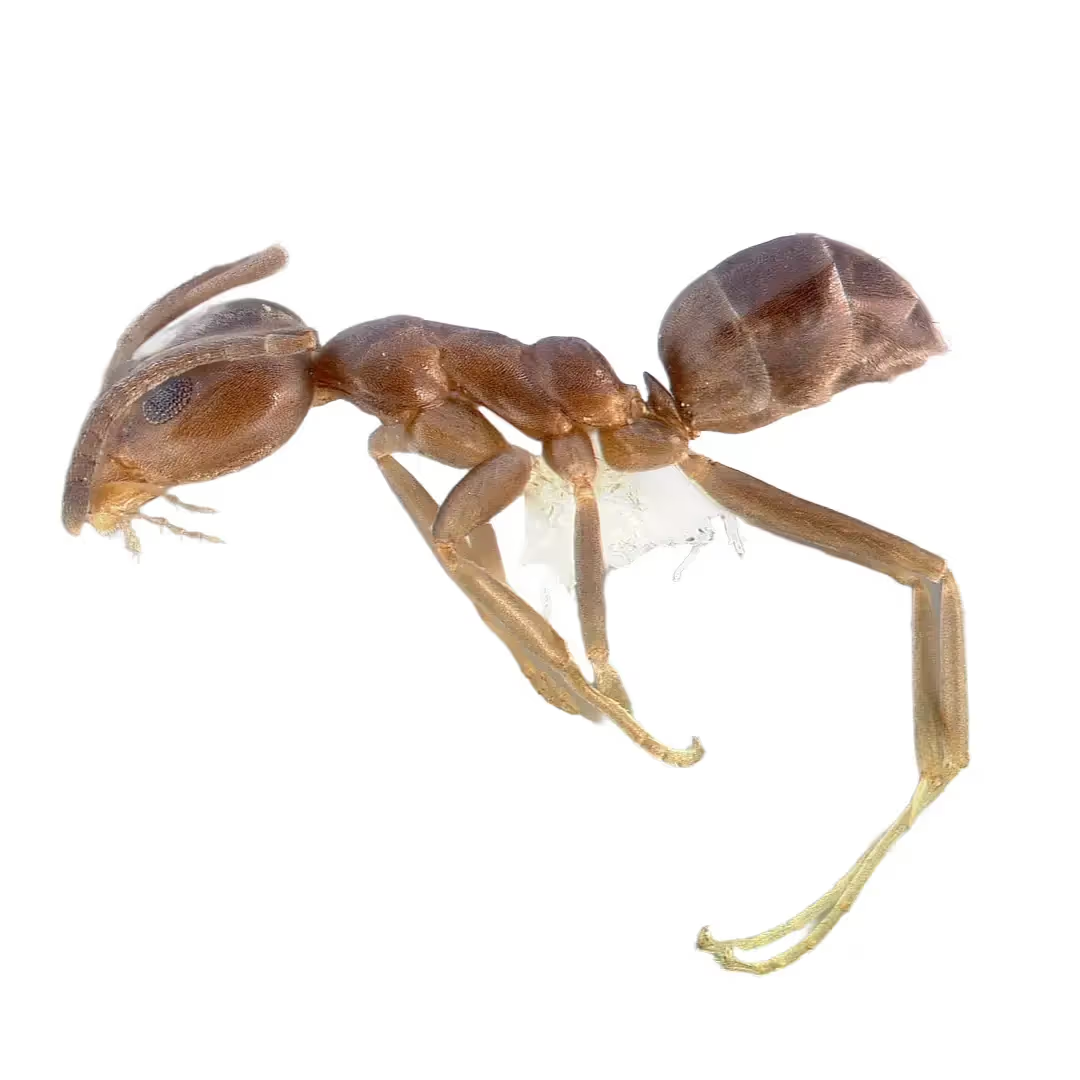
Argentine Ant
Pest Habits & Characteristics
Trails of ants, especially around food sources and long large trails around property.
Clean up food sources, seal entry points.
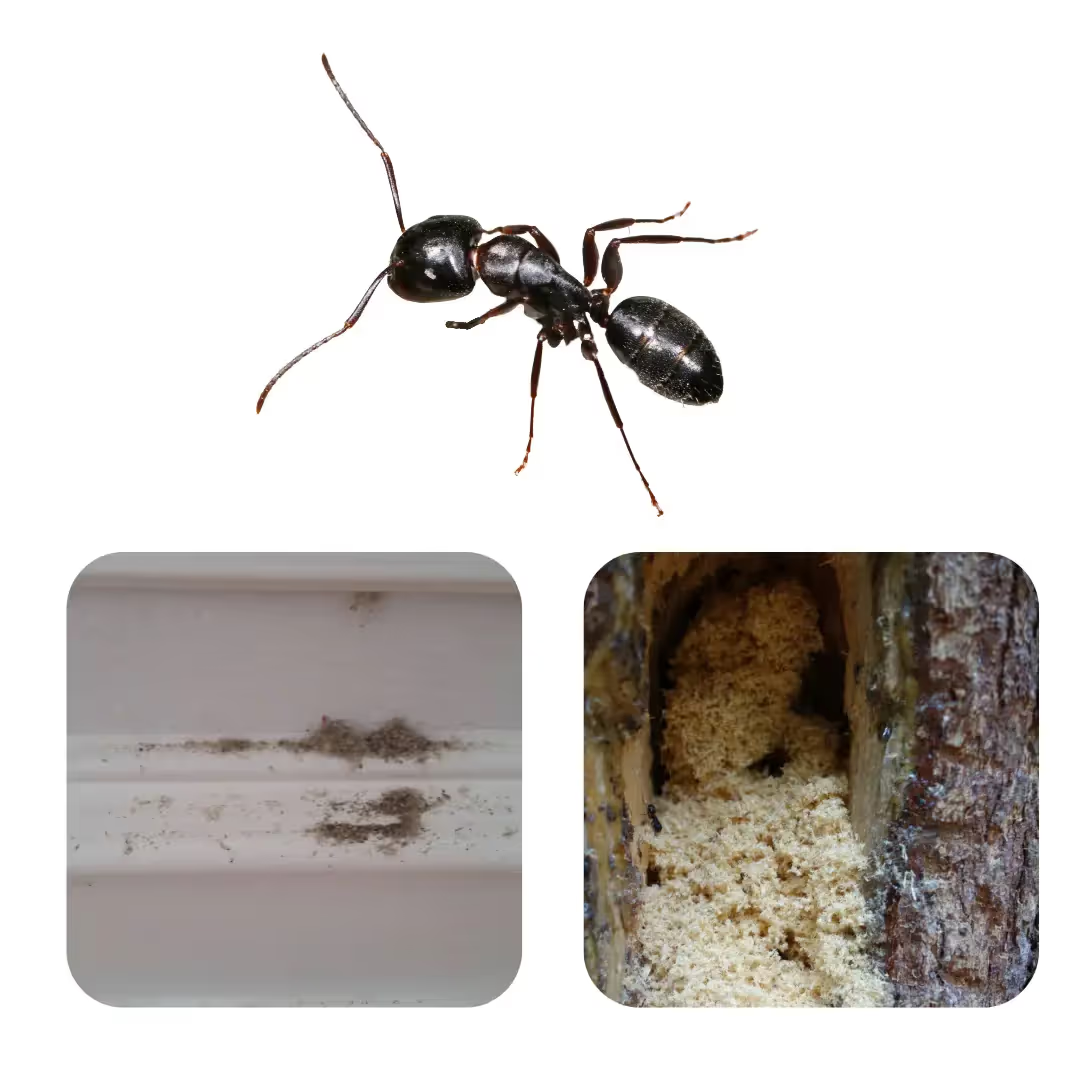
Carpenter Ant
Pest Habits & Characteristics
Wood shavings, rustling noises in walls
See our preparation sheet
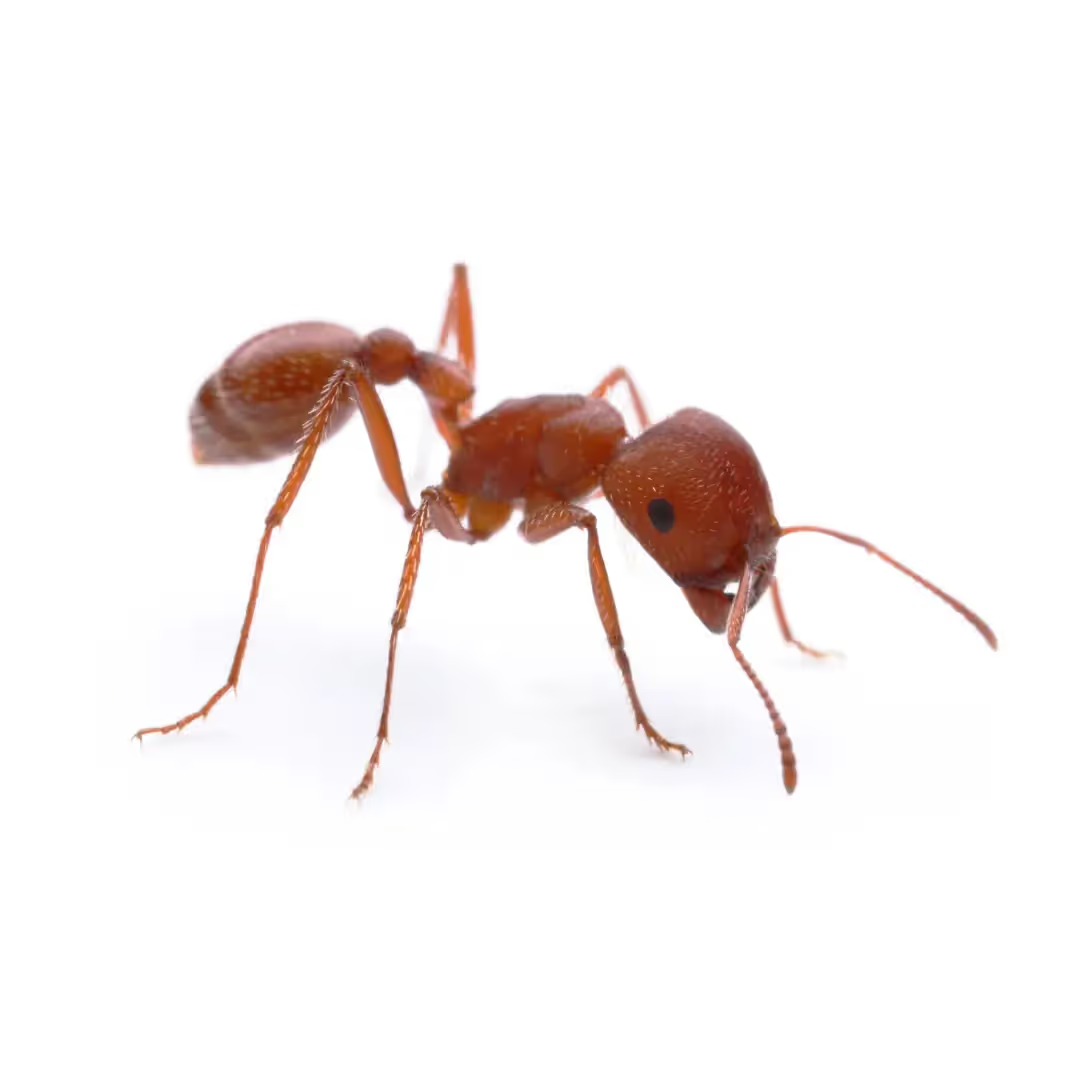
Harvester Ant
Avoid disturbing nests, keep children and pets away.

Odorous House Ant
Clean food spills, store food in sealed containers.

